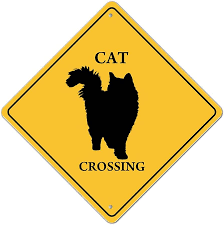
On July 15, 1927, Brooklyn Borough President James J. Byrne pulled a lever switch at Prospect and Fourth Avenues, placing all the new traffic light signals on Fourth Avenue from Flatbush Avenue to 86th Street in operation. Several thousand people witnessed the ceremony and grand event.
The new electric traffic lights were confusing to some motorists and pedestrians. But not to Nickie*, the black cat of Motorcycle Squad No. 2 adjoining the former 18th Precinct police station on the southwest corner of 4th Avenue and 43rd Street in Brooklyn’s Sunset Park.
By September 1927, Nickie had the whole red-light, green-light thing all figured out.
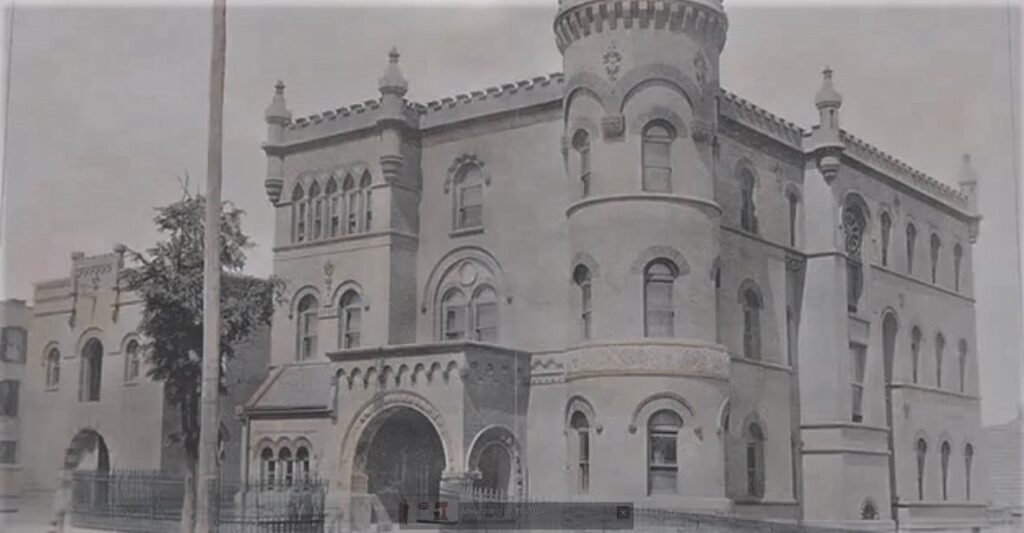
Nickie, described as the “mouse catcher extraordinary of the neighborhood,” frequently left his place of business in the garage of the Motorcycle Squad to visit the lunch wagon across from the police station. There, he would do some work catching mice and rats in exchange for some lamb chops and other tasty morsels.
Prior to the installation of the traffic lights, walking to the lunch wagon was a hazardous undertaking for Nickie. The Motorcycle Squad cat would have to quickly dash across the northbound side and then stop on the ventilation island to catch his breath before dashing across the southbound side of the road.
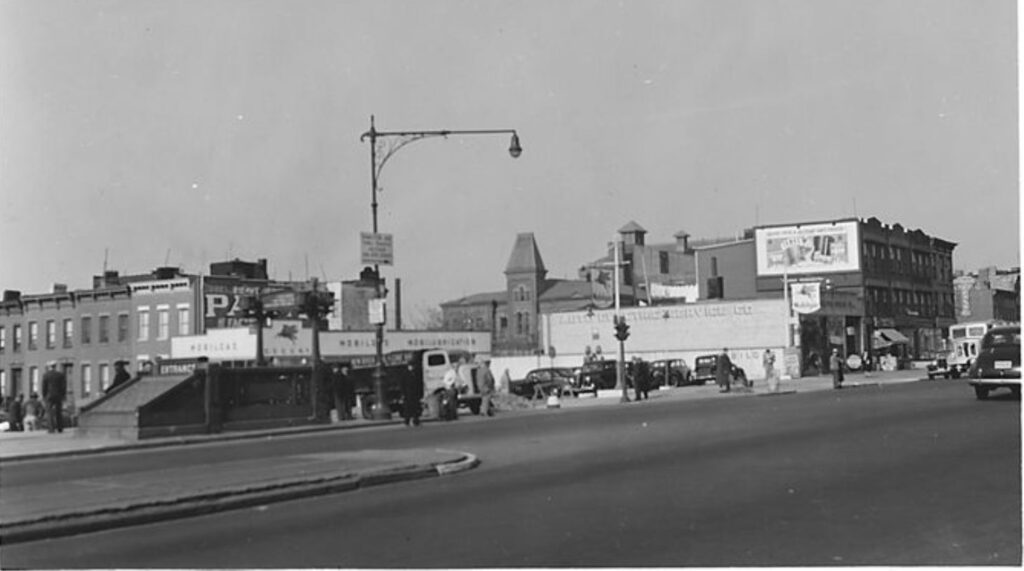
Soon after the lights went into operation, Nickie’s life became a lot easier—and a lot safer. Now, every time he got ready to cross the busy street, the cat would look up and down the avenue.
If he saw the green lights showing, he would wait patiently at the curb. As soon as the lights changed to red, he would “calmly, majestically” stride across the street, “undaunted by the waiting motor cars, impatiently held, like at leash ready to spring at him at the first showing of a green light.”
According to the cat’s caretaker, Detective John McGowan, Nickie seemed to know that the automobiles had to wait for him when the light was red, and he knew exactly how long it would take for the red light to soften to yellow and then to green.
A Brief History of the NYPD Motorcycle Squad
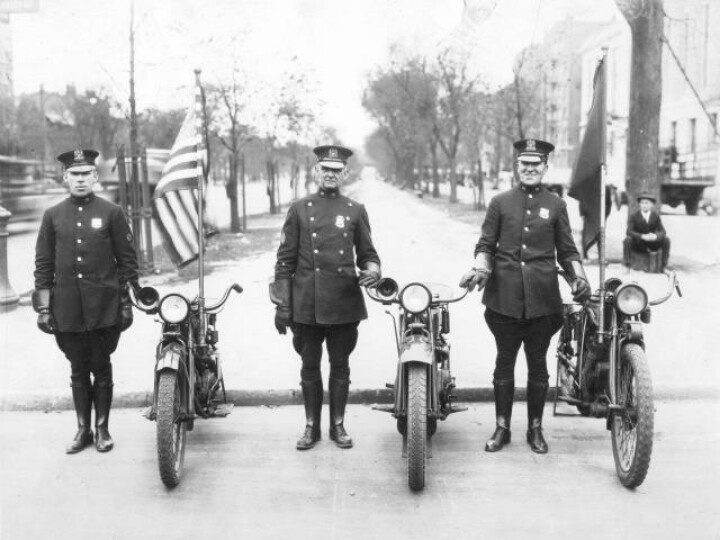
In 1905, New York City installed its first five traffic lights (at Columbus Circle, the Pennsylvania Railroad Ferry on West 23rd Street, Times Square, Broadway and 72nd Street, and Amsterdam Avenue and 73rd Street). That same year, the newly organized Traffic Squad had 581 men assigned to traffic duty, including 7 mounted roundsmen and 69 mounted patrolmen (the police stables were at 17 Leonard Street), 2 bicycle roundsmen and 9 bicycle patrolmen, and hundreds of foot patrolmen.
Although the Traffic Squad continued to expand over the next few years, and the city continued adding more traffic lights, the lights and the squad were not enough to regulate the excessive motorized traffic and the increasing number of law-breaking speeders.
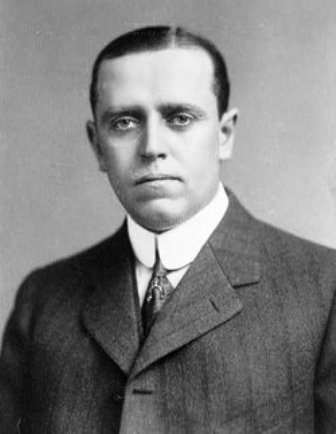
On June 9, 1911, only 17 days after he took office, Police Commissioner Waldo Rhinelander established the department’s first motorcycle squad. Organized under the “Office of Street Traffic Regulation Bureau” and originally attached to the Traffic Squad, the cops of the Motorcycle Squad supplemented the futile efforts of the pedal-pushing cops of the Bicycle Squad (founded in 1895 by then Commissioner Theodore Roosevelt) in apprehending speeders.
Within a 5-month period, the motorcycle police had written 3,710 summonses for close to $18,000 in fines (the average fine for a traffic violation in 1911 was about $5). By 1912, the squad comprised 27 patrolmen, 1 sergeant, and 25 motorcycles scattered throughout various precincts.
Eventually, the squad was divided into 3 squads, with Squad No. 1 covering Manhattan, the Bronx, and Staten Island; Squad No. 2 assigned to Brooklyn; and Squad No. 3 covering Queens. By 1930, the Motorcycle Squad had grown to about 315 officers, 289 motorcycles, 28 sidecars, and two sedans.
The squad merged with the Accident Investigation Squad in 1972 to become the NYPD Highway Patrol.
*Nickie was not the cat’s actual name. Like many all-black animals of the nineteenth and early 20th centuries, the cat’s given name is now an offensive ethnic slur.



